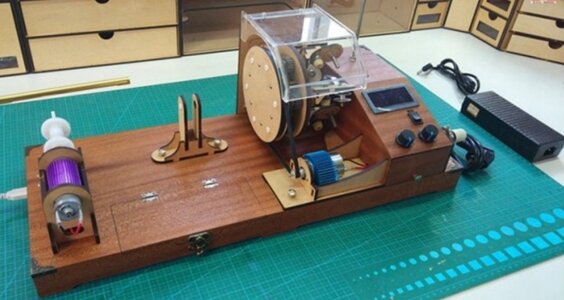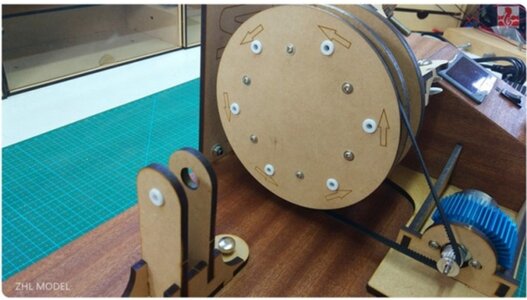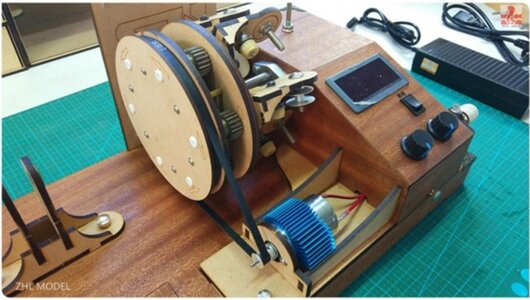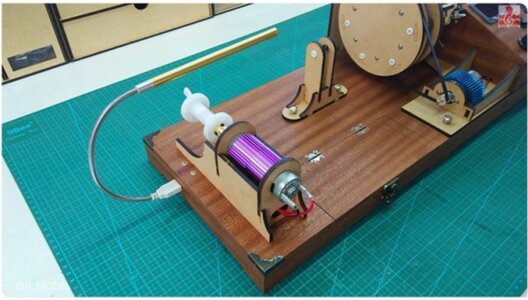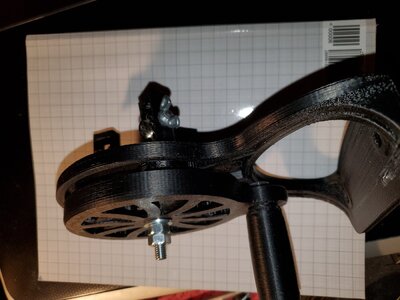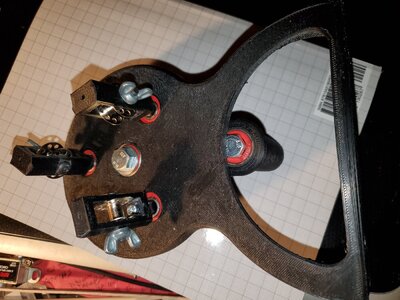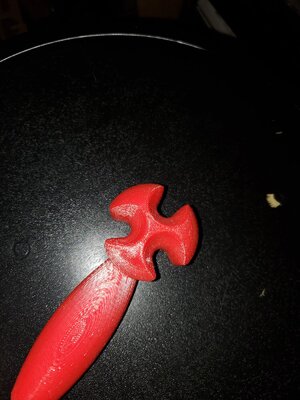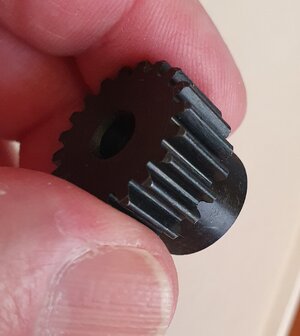Many, if not hundreds of post made on this one subject - and as I have done research and knowledge about products such as Dominoff - well, here we go again with the most (I think) fully mysterious element of ship modeling. Of all the things that there is about ship modeling, this to me has to be the most frustrating and overlooked element.
Including myself, (if buying a kit) is to use what is given.
But, in the art of scratch building, one must pursue this at some point if they intend to bring their model up to the next level of advanced appeal. Which brings me to the age-old concerns and questions.
I want to build my own fully motorized Rope Walk and wish there was a set of plans that I can just build - I am not in the mood of experimenting endlessly to find just the right combination of motors / speeds / weights / this and that. I just want a canned approach. I prefer not to buy Dominoff - I know his forever RopeWalk is an artwork in itself and yes, I would love to purchase one.
But, barring that, isn't there someone out there that has built a successful Ropewalk that has plans and is guaranteed to work. The space that I have is only about 12 feet in length. I tried building the kind that hangs from the ceiling and it was a disaster.
Also, I visited Olha Workshop videos of where she built her own. However, many details of what parts and pieces were used to construct the device are not shared openly. The type of motors, power supply, the hooks, and where they were bought. How much weight at the end that supplies tension to the truck as it makes its way toward the main motor unit. All, these questions I have.
So, I just open this topic and perhaps if someone has a sucessful ropewalk they have, then please share it with the materials and design. No manual cranks please.
Including myself, (if buying a kit) is to use what is given.
But, in the art of scratch building, one must pursue this at some point if they intend to bring their model up to the next level of advanced appeal. Which brings me to the age-old concerns and questions.
I want to build my own fully motorized Rope Walk and wish there was a set of plans that I can just build - I am not in the mood of experimenting endlessly to find just the right combination of motors / speeds / weights / this and that. I just want a canned approach. I prefer not to buy Dominoff - I know his forever RopeWalk is an artwork in itself and yes, I would love to purchase one.
But, barring that, isn't there someone out there that has built a successful Ropewalk that has plans and is guaranteed to work. The space that I have is only about 12 feet in length. I tried building the kind that hangs from the ceiling and it was a disaster.
Also, I visited Olha Workshop videos of where she built her own. However, many details of what parts and pieces were used to construct the device are not shared openly. The type of motors, power supply, the hooks, and where they were bought. How much weight at the end that supplies tension to the truck as it makes its way toward the main motor unit. All, these questions I have.
So, I just open this topic and perhaps if someone has a sucessful ropewalk they have, then please share it with the materials and design. No manual cranks please.





